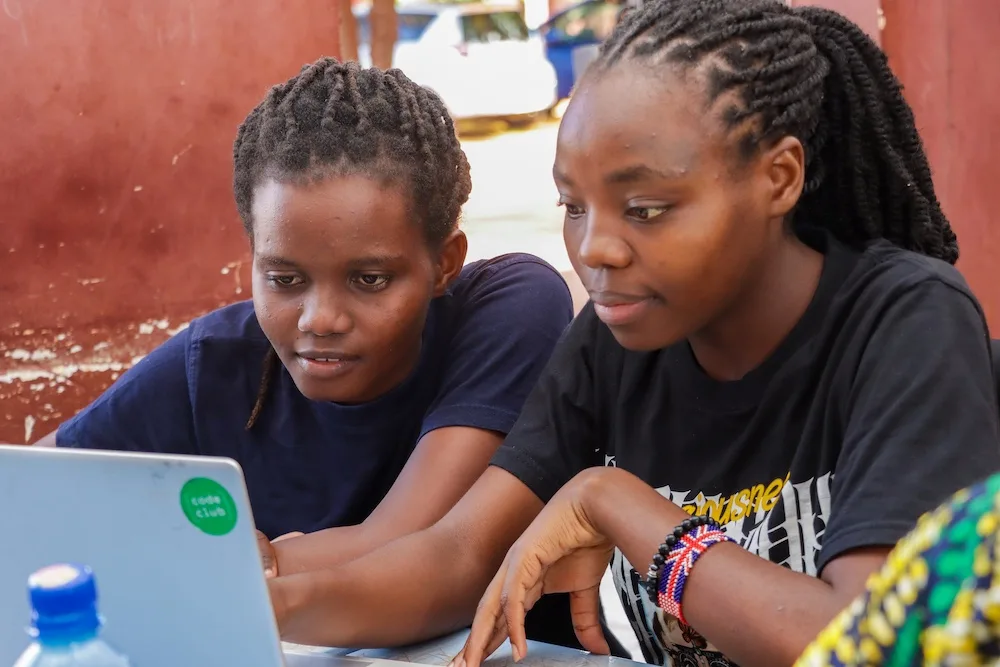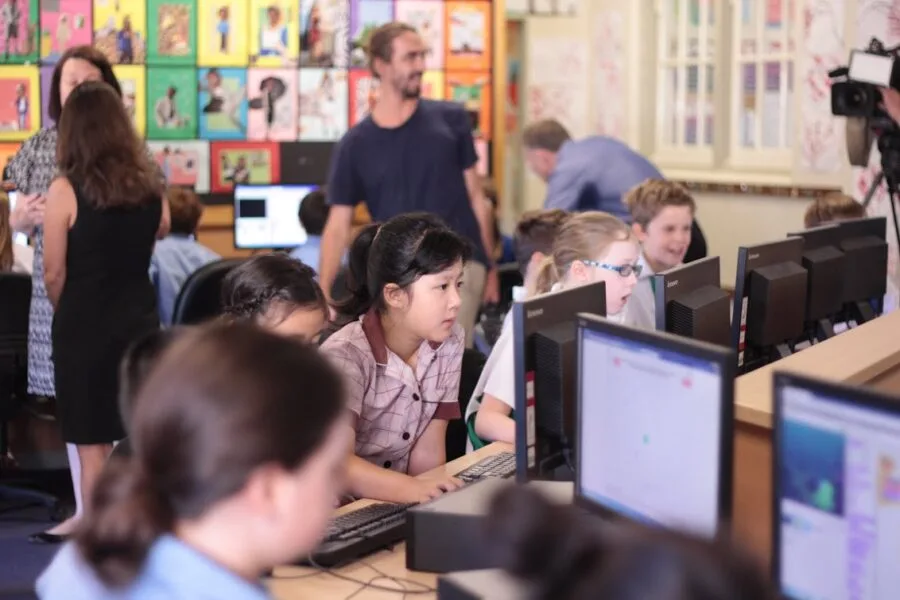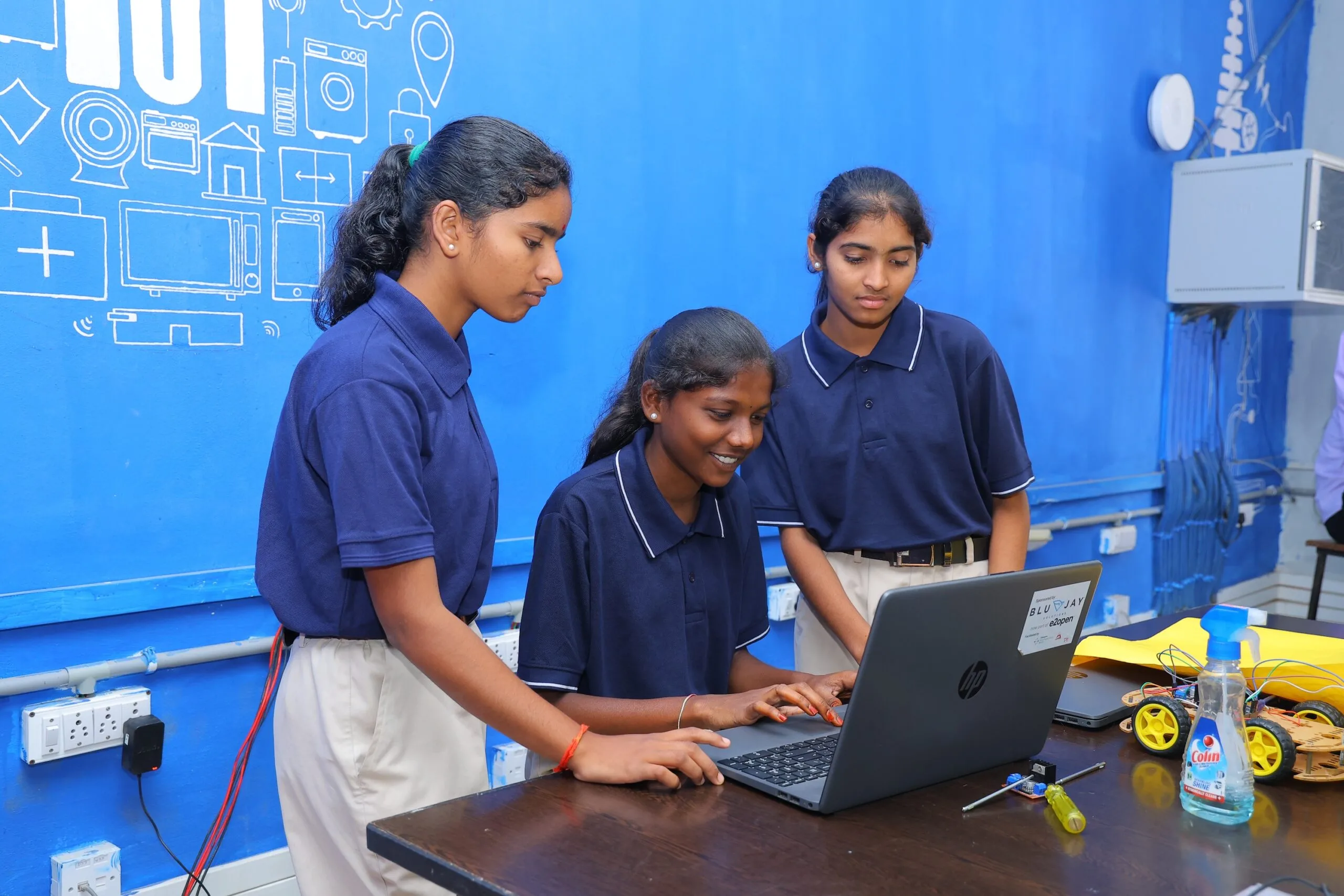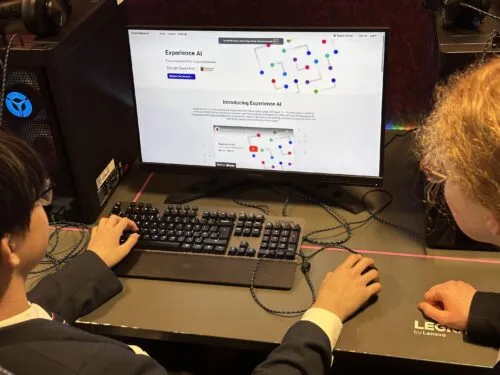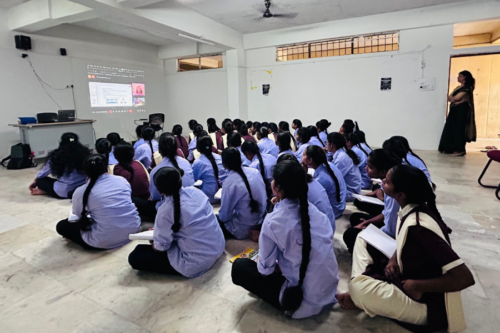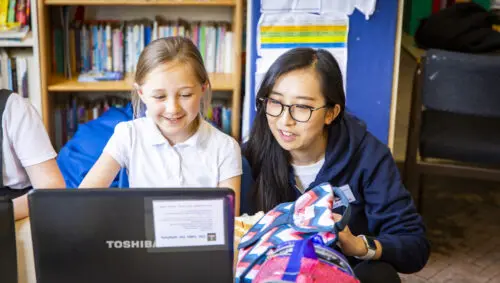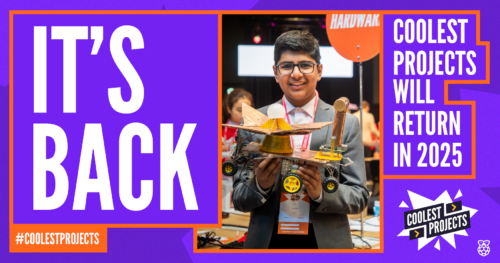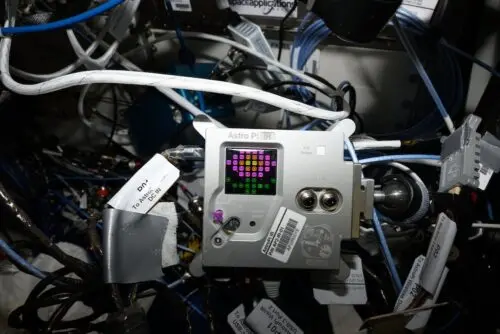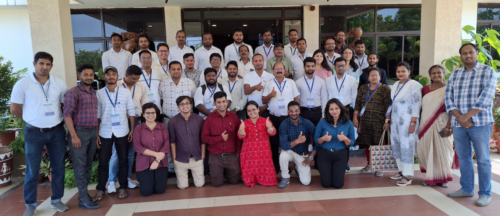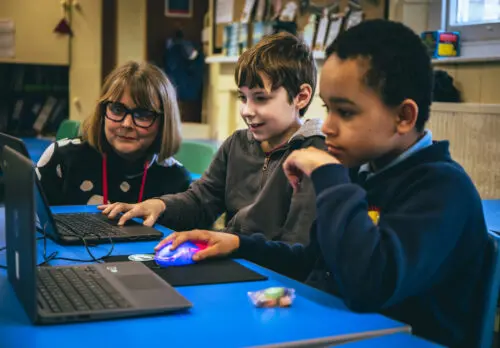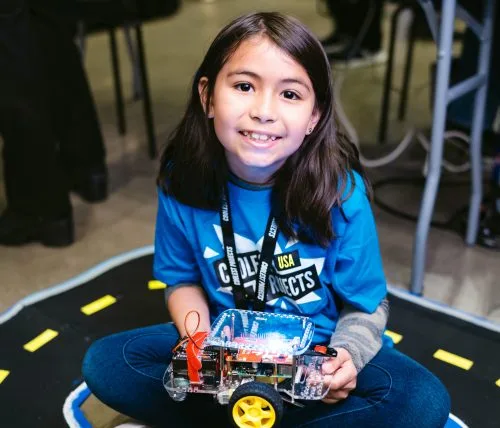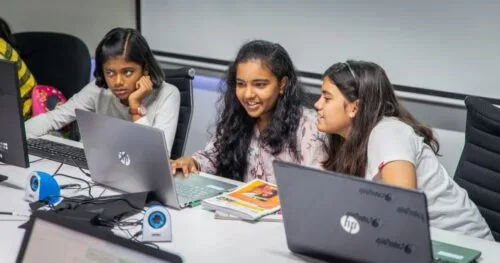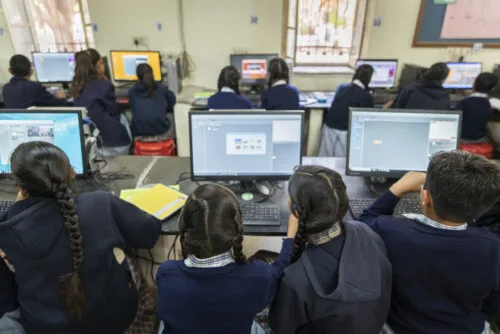Schlagwort: Impact of our work
-

Adapting our computing curriculum resources for Kenya — the journey so far
Reading Time: 4 minutesYoung people everywhere deserve a high-quality computing education. But what a high-quality computing education looks like differs depending on a learner’s culture, context, and the existing provision in the country they live in. Therefore, adapting our educational resources for a range of contexts is a key part of our work at the…
-

Discover the incredible impact of Code Club: The Code Club annual survey report 2025
Reading Time: 3 minutesWe’re pleased to share highlights from the 2025 Code Club annual survey report today, showcasing another year of incredible achievements and the positive impact of the global Code Club community. Code Club is a global movement of free coding clubs where school-aged young people — called creators — develop the confidence to…
-

Empowering India’s digital future: Our computing curriculum’s impact
Reading Time: 3 minutesThe Raspberry Pi Foundation has been working in India since 2018 to enable young people to realise their potential through the power of computing and digital technologies. We’ve supported Code Clubs, partnered with government organisations, and designed and delivered a complete computing curriculum for students in grades 6 to 12 and at…
-

Experience AI: The story so far
Reading Time: 5 minutesIn April 2023, we launched our first Experience AI resources, developed in partnership with Google DeepMind to support educators to engage their students in learning about the topic of AI. Since then, the Experience AI programme has grown rapidly, reaching thousands of educators all over the world. Read on to find out…
-

Ada Computer Science: What have we learnt so far
Reading Time: 3 minutesIt’s been over a year since we launched Ada Computer Science, and we continue to see the numbers of students and teachers using the platform all around the world grow. Our recent year in review shared some of the key developments we’ve made since launching, many of which are a direct result…
-

Implementing a computing curriculum in Telangana
Reading Time: 4 minutesLast year we launched a partnership with the Government of Telangana Social Welfare Residential Educational Institutions Society (TGSWREIS) in Telangana, India to develop and implement a computing curriculum at their Coding Academy School and Coding Academy College. Our impact team is conducting an evaluation. Read on to find out more about the…
-

How fun-filled Code Clubs drive learning: New evidence
Reading Time: 4 minutesWhen you walk into a vibrant Code Club, it is easy to see that the young creators are having fun with digital making. But are they actually learning anything? Our recent evaluation has shown that not only are they developing their coding skills, but there are many other benefits. Code Club is…
-

Celebrating Coolest Projects 2024, plus dates for 2025
Reading Time: 6 minutesCoolest Projects celebrates young digital creators and the amazing things they make with technology. Today, we’re sharing the impact that taking part in Coolest Projects showcases has on young people’s motivation and confidence, as well as announcing dates for Coolest Projects 2025. Coolest Projects in 2024 This year, 7197 young people across…
-

Celebrating Astro Pi 2024
Reading Time: 5 minutesAbout the projects Over the past few months, young people across Europe have run their computer programs on the International Space Station (ISS) as part of Astro Pi Mission Zero and Mission Space Lab. Mission Zero code deployment | Credits: ESA/NASA Mission Zero offers young people the chance to write a simple…
-

Introducing a computing curriculum in Odisha
Reading Time: 5 minutesWe are working with two partner organisations in Odisha, India, to develop and roll out the IT & Coding Curriculum (Kaushali), a computing curriculum for government high schools. Last year we launched the first part of the curriculum and rolled out teacher training. Read on to find out what we have learned…
-

Gaining skills and confidence: The impact of Code Club and CoderDojo
Reading Time: 4 minutesThrough Code Club and CoderDojo we support the world’s largest network of free informal computing clubs for young people. Code Club is a global network of after-school coding clubs for learners aged 9 to 13, where educators and other volunteers help young people learn about coding and digital making CoderDojo is a…
-

Our new theory of change
Reading Time: 4 minutesOne of the Raspberry Pi Foundation’s core values is our focus on impact. This means that we are committed to learning from the best available evidence, and to being rigorous and transparent about the difference we’re making. Like many charities, an important part of our approach to achieving and measuring our impact…
-

What is the impact of attending a Code Club or CoderDojo?
Reading Time: 5 minutesWe support two networks of coding clubs where young people around the world discover the countless possibilities of creating with digital technologies. Young people in a CoderDojo in India. Code Club is a global network of after-school coding clubs for learners aged 9 to 13, where educators and other volunteers help young…
-

Introducing Code Clubs in eastern India: 32,000 more young digital makers
Reading Time: 5 minutesAt the Raspberry Pi Foundation, our mission is to enable young people to realise their full potential through the power of computing and digital technologies. One way we achieve this is through supporting a global network of school-based Code Clubs for young people, in partnership with organisations that share our mission. For…
-

Help us understand UK students’ attitudes to coding
Reading Time: 3 minutesNon-formal learning initiatives are a popular way to engage children in computing from a young age and introduce them to the fun, creative world of coding and digital making. As part of our commitment to an evidence-based approach, we are partnering with Durham University on an exciting evaluation project to study the…
-

Celebrate Pi Day by supporting the Raspberry Pi Foundation
Reading Time: 3 minutesToday is officially Pi Day. While 14 March is an opportunity for our American friends to celebrate the mathematical constant Pi, we are also very happy to make this day a chance to say a massive thank you to everyone who supports the Raspberry Pi Foundation’s work through their generous donations. More…
